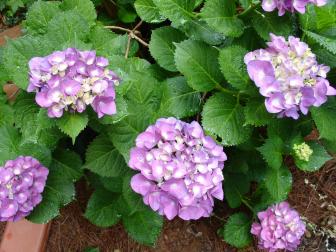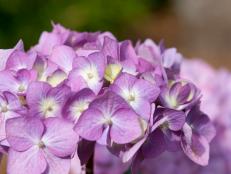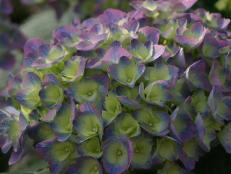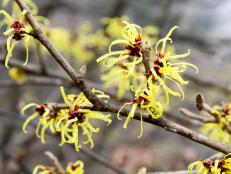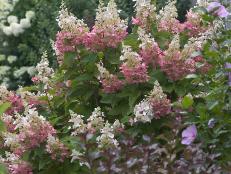'Limelight' Hydrangea Planting and Growing Tips
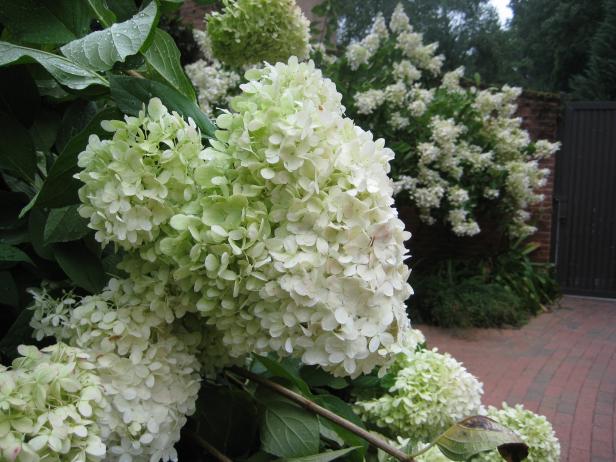
Image courtesy of Atlanta Botanical Garden

As the dog days of August set in and most flowering plants peter out from their long summer performance, one shrub takes center stage with a commanding presence: ‘Limelight’ hydrangea.
'Limelight' is a paniculata, or panicle type, hydrangea—Hydrangea paniculata ‘Limelight’—that’s prized for a variety of reasons. First, it blooms later than most hydrangeas, beginning in midsummer. Second, its large panicle-shaped flower heads that grow 6 to 12 inches long hold upright on the shrub instead of drooping with weight. Finally—and most important—'Limelight'’s blooms offer a unique creamy-chartreuse color that remains bright and fresh all the way into autumn, when the color changes to a deep pink. Its foliage also yields good fall color.
How to Plant, Grow and Care for Hydrangeas
No garden’s complete without this old-fashioned favorite, and new varieties make hydrangeas easier than ever to grow.
This showstopper of a shrub is deciduous, growing up to 8 feet tall and as wide. It’s hardy to zone 3, drought tolerant, and prefers part sun to sun and good loamy soil. Soil pH does not affect its bloom color. Yet, it’s also the most adaptable of all hydrangeas to different soil types.
Plant this hydrangea as a specimen or in groupings in perennial and shrub borders. 'Limelight' also makes a good choice for containers.
Unlike the mophead and lacecap hydrangeas that bloom on old wood from buds formed the previous year, paniculata hydrangeas bloom on new growth. For that reason, they should be pruned in late winter before new stems emerge in order to avoid cutting off the buds.
And an added bonus: 'Limelight' blooms make great cut flowers – both fresh and dried.
With all that going for it, what’s not to like about this late-summer star of the garden?






